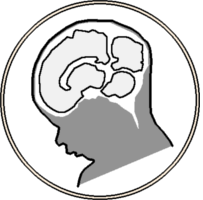Abstract
This work presents detailed anatomic labels for a spatiotemporal atlas of fetal brain Diffusion Tensor Imaging (DTI) between 23 and 30 weeks of post-conceptional age. Additionally, we examined developmental trajectories in fractional anisotropy (FA) and mean diffusivity (MD) across gestational ages (GA). We performed manual segmentations on a fetal brain DTI atlas. We labeled 14 regions of interest (ROIs): cortical plate (CP), subplate (SP), Intermediate zone-subventricular zone-ventricular zone (IZ/SVZ/VZ), Ganglionic Eminence (GE), anterior and posterior limbs of the internal capsule (ALIC, PLIC), genu (GCC), body (BCC), and splenium (SCC) of the corpus callosum (CC), hippocampus, lentiform Nucleus, thalamus, brainstem, and cerebellum. A series of linear regressions were used to assess GA as a predictor of FA and MD for each ROI. The combination of MD and FA allowed the identification of all ROIs. Increasing GA was significantly associated with decreasing FA in the CP, SP, IZ/SVZ/IZ, GE, ALIC, hippocampus, and BCC (p < .03, for all), and with increasing FA in the PLIC and SCC (p < .002, for both). Increasing GA was significantly associated with increasing MD in the CP, SP, IZ/SVZ/IZ, GE, ALIC, and CC (p < .03, for all). We developed a set of expert-annotated labels for a DTI spatiotemporal atlas of the fetal brain and presented a pilot analysis of developmental changes in cerebral microstructure between 23 and 30 weeks of GA.
